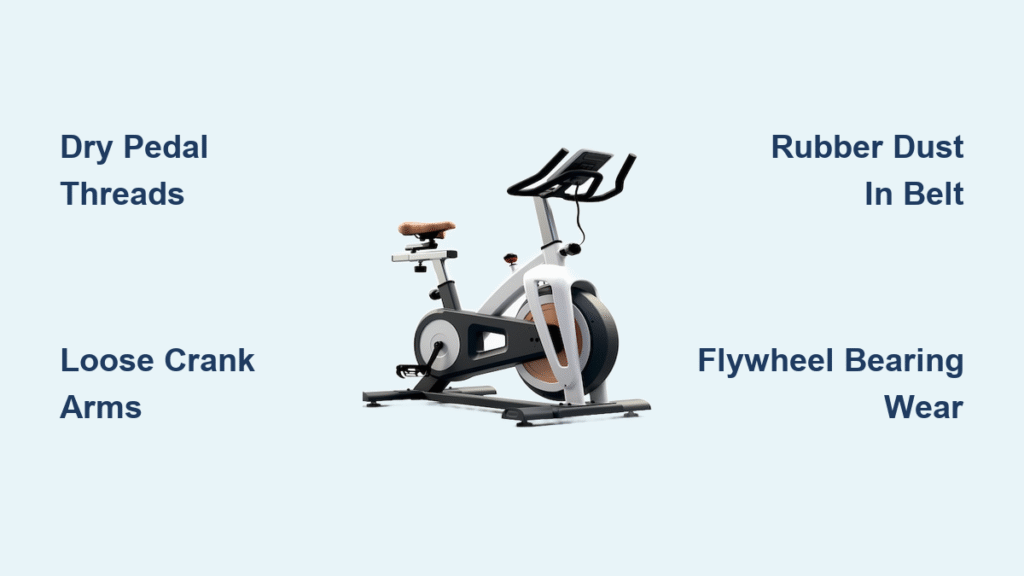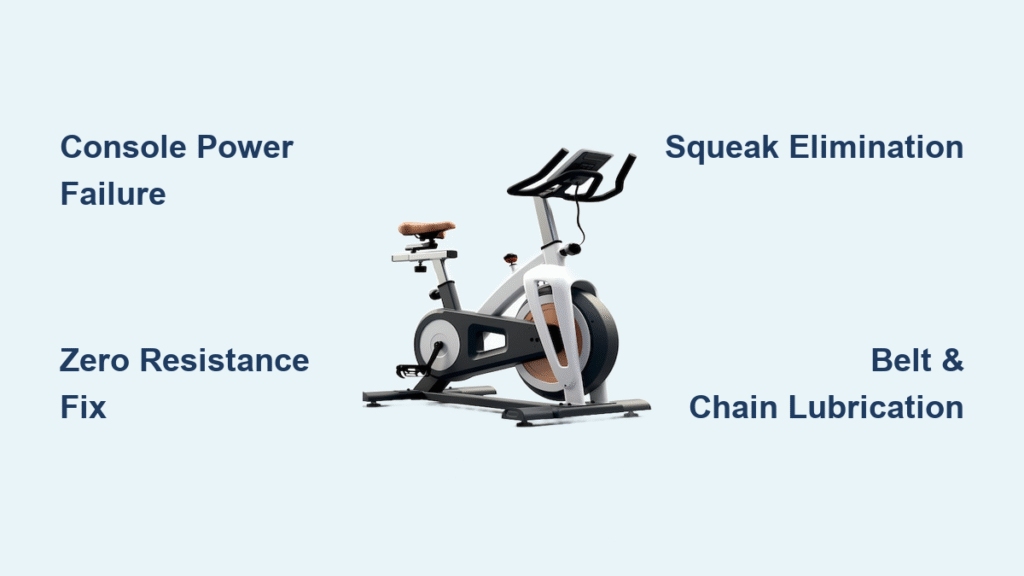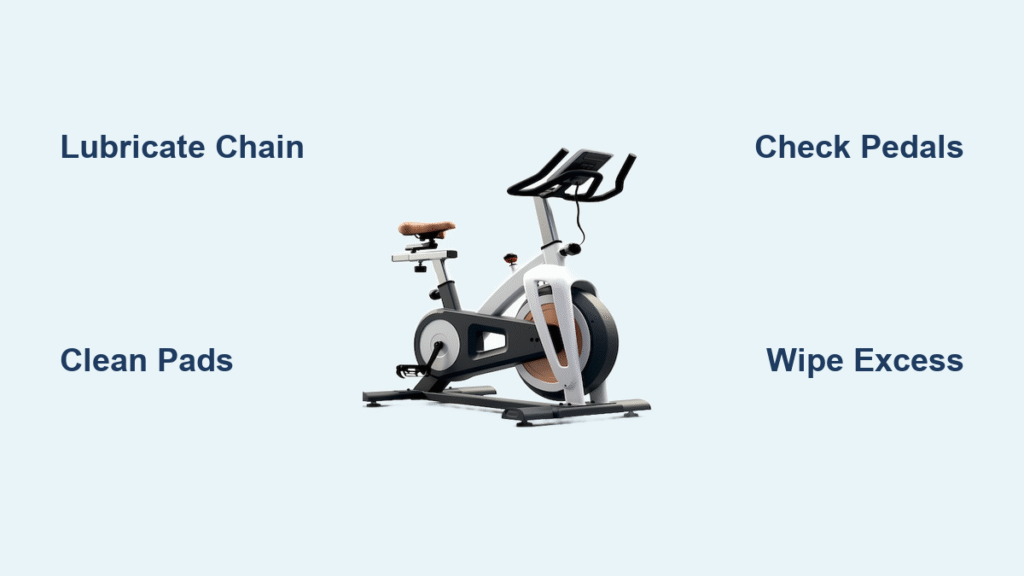Your treadmill was working perfectly yesterday, but now the safety key won’t register. The console stays dark, or perhaps it’s beeping continuously while you desperately jiggle the key in frustration. This common treadmill safety key not working scenario happens more frequently than you’d expect—especially after moving your equipment or when keys mysteriously disappear during storage. Don’t panic yet—most safety key failures have straightforward fixes you can implement immediately.
The safety key system, whether magnetic or insertion-based, serves as your treadmill’s emergency brake. When this critical component fails, your workout stops abruptly, leaving you stranded with expensive equipment you can’t use. Before you schedule a costly service call or consider replacing your entire machine, understand that 90% of treadmill safety key not working issues can be resolved with basic troubleshooting techniques you can perform at home with minimal tools.
Identify Your Treadmill Safety Key Type Immediately
Magnetic vs Insertion Keys: Spot the Difference in Seconds
Examine your console slot closely to determine your system type. Magnetic keys feature smooth slots without visible holes—they rely on magnetic attraction to activate the sensor. Insertion keys show two distinct metal prongs or holes where the legs connect to complete an electrical circuit. Test your key against any metal object; if it sticks firmly without insertion, you have a magnetic system. This critical identification step determines your entire troubleshooting approach.
Visual Slot Inspection: What to Look For
Run your finger around the console area to locate the key slot. Magnetic slots typically appear as shallow depressions or flat surfaces with no moving parts, while insertion slots feature two small holes with visible metal contacts inside. For magnetic systems, check if the slot has a faint metallic sheen indicating the underlying sensor. This 30-second visual inspection prevents wasted effort on incorrect troubleshooting methods.
Quick Diagnostic Steps to Try First
Power Supply Verification Before Blaming the Key
Before assuming your treadmill safety key not working is the culprit, verify your power supply. Plug another device into the same outlet to confirm power availability. Check for tripped breakers on your treadmill—many models combine the power switch with a circuit breaker. Ensure your power cord is fully inserted at both ends, and if you use a surge protector, test it with another appliance. Many users waste hours troubleshooting keys when the real issue is simply a tripped breaker.
Key Connection Test: The Five-Point Check
Remove and firmly reinsert your key five times while listening for subtle clicks or feeling for magnetic resistance. For magnetic keys, rotate the key 180 degrees and test again—some magnets have polarity. Wiggle the key gently during insertion; excessive movement indicates worn contacts. Check for visible debris in the slot using a flashlight. Finally, test with a different key if available—this instantly confirms whether the problem lies with the key or the console.
Fix Magnetic Key Failures in Under 10 Minutes
Test Magnet Strength with Household Items
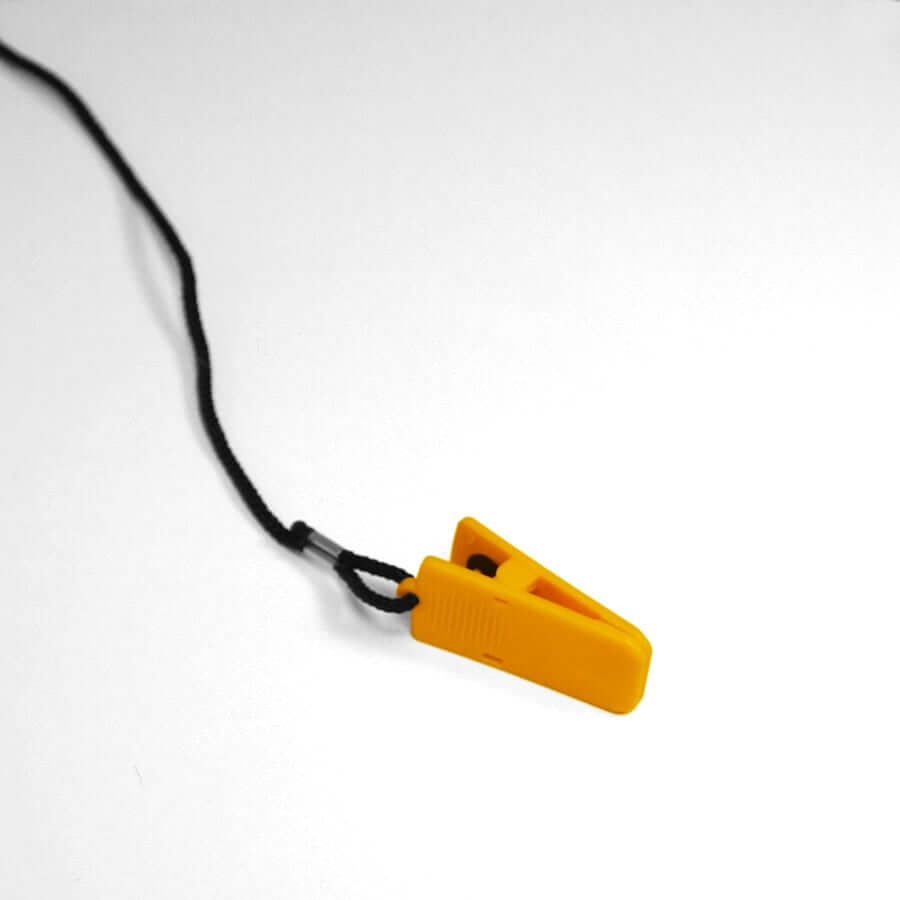
Grab a paperclip or small metal object to assess your key’s magnetic power. A functional magnetic key should attract metal from at least 1/4 inch away. Weak attraction indicates demagnetization—common after drops or exposure to extreme temperatures. If your key barely holds the paperclip, replacement is necessary. Pro Tip: Store magnetic keys away from speakers, phones, or other electronics that can weaken magnetism over time.
Clean Magnetic Contacts Without Damaging Components
Use a dry microfiber cloth to wipe both the key surface and console contact area. Sweat residue, dust, and cleaning products create invisible barriers that prevent proper sensor activation. For stubborn buildup, dip a cotton swab in isopropyl alcohol, gently clean the contact area, then dry completely with a lint-free cloth. Never use abrasive cleaners or excessive liquid that could seep into internal components.
Emergency Magnet Replacement When Key Is Lost
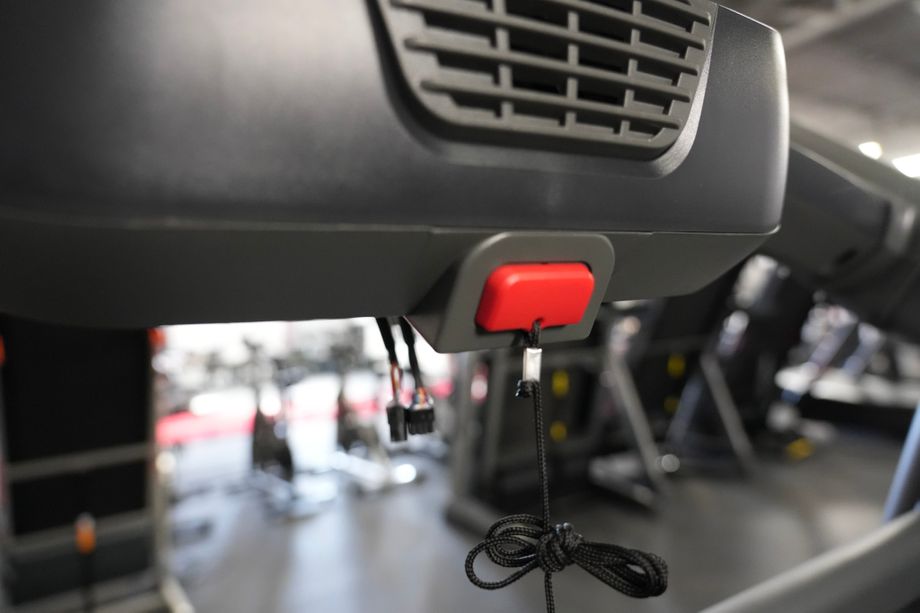
When your treadmill safety key not working issue stems from a missing key, test with any strong refrigerator magnet. If the treadmill responds, you’ve confirmed the magnetic system functions. For reliable operation, purchase a universal magnetic safety key matching your original strength. Warning: Avoid extremely powerful neodymium magnets unless verified compatible—they can damage sensitive electronics.
Repair Insertion Key Issues Step-by-Step
Check Conductor Position for Proper Electrical Flow
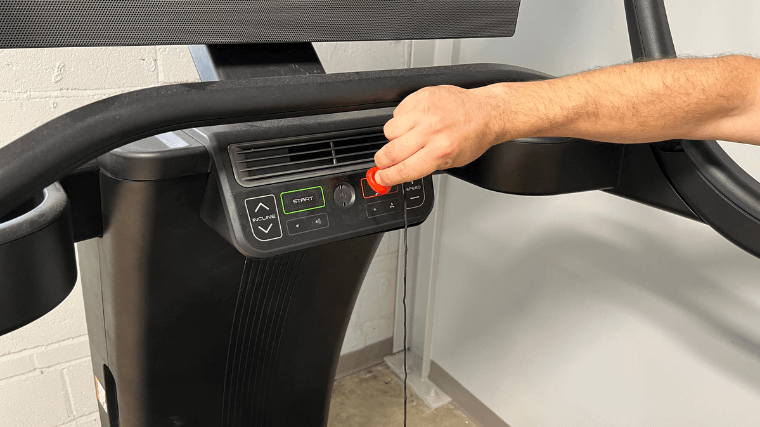
Examine the two metal legs extending from your insertion key. They should be straight, fully extended, and free of corrosion. Bent legs prevent proper electrical contact—a frequent cause of treadmill safety key not working problems. Gently straighten any bends using needle-nose pliers, but avoid excessive force that could break the legs off completely. Critical Check: Ensure legs extend at least 1/2 inch from the plastic housing.
Clean Metal Contacts Without Causing Damage
Rub tarnished metal legs with fine steel wool or an emery board to remove oxidation. For severe corrosion, use a pencil eraser to gently abrade the surface. Wipe clean with isopropyl alcohol afterward. Check inside the key slot using a wooden toothpick to dislodge debris—metal tools could scratch contacts. Never use water as moisture causes further corrosion.
Verify Proper Insertion Depth for Circuit Completion
Your key should insert fully until the plastic base meets the console surface. Partial insertion leaves circuits incomplete. If insertion feels shallow, inspect for debris blocking the slot or broken plastic components. For keys that slip out easily, check if the spring-loaded mechanism inside the slot has failed—a common issue requiring professional repair.
Solve Post-Relocation Problems After Moving Your Treadmill
Check for Loose Internal Connections Caused by Movement
Moving your treadmill often shakes internal wiring loose. Remove the console cover (typically 4-6 Phillips screws) and examine connections near the key slot. Look for disconnected wires or plugs that have vibrated loose during transport. Reconnect any loose components firmly—they should click into place with gentle pressure. Safety First: Always unplug your treadmill before opening the console.
Locate and Secure Dislodged Magnets in Magnetic Systems
Magnetic systems sometimes lose their internal sensor magnet during moves. Open the console and search for a small rectangular magnet near the key area. It should be securely glued or clipped in position. If found loose, clean the mounting surface with alcohol, apply strong adhesive like epoxy, and reposition the magnet exactly where it was originally located.
Reset Internal Electronics After Power Interruptions
Unplug your treadmill for 30 seconds, then reconnect power. This simple reset clears temporary electronic glitches that often cause treadmill safety key not working issues after moves or power fluctuations. Wait 2 minutes before attempting to use the machine again—this allows capacitors to fully discharge and the control board to reboot properly.
Temporary Solutions When Keys Are Missing or Broken
Create an Emergency Insertion Key with Household Items
When your treadmill safety key not working problem stems from a lost key, craft a temporary solution using speaker wire. Strip 1/4 inch of insulation from both ends, bend into a U-shape matching your key’s leg spacing, and wrap electrical tape around the center for grip. Critical Warning: This is for diagnostic purposes only—never operate your treadmill long-term without the proper safety key.
Universal Key Sources for Immediate Replacement
Order exact replacements from FitnessRepairParts.com using your treadmill model number, or search eBay for hard-to-find models. Universal magnetic keys work for most brands and cost under $15. Pro Tip: When ordering, verify magnet strength matches your original—too weak won’t activate the sensor, while too strong can damage electronics.
When to Call a Professional Instead of DIY
Recognize Critical Failure Indicators
Contact a technician if new keys don’t solve the problem, your console shows no signs of life, multiple error codes appear, or you detect burning smells. These indicate deeper electrical issues beyond simple safety key problems. Never attempt voltage testing unless you’re trained in electronics—treadmill circuits carry dangerous voltages.
Prevent Permanent Damage with Proper Maintenance
Implement monthly cleaning of key contacts and quarterly inspections of key integrity. Store your key clipped to your workout clothes as a reminder to remove it after each session. Avoid extension cords that cause voltage fluctuations damaging sensitive safety circuits. Replace keys showing cracks, bent legs, or weak magnets before complete failure occurs.
Most treadmill safety key not working issues resolve with these targeted solutions. When problems persist beyond basic troubleshooting, replacement parts typically cost under $30—far less than a service call. Remember, your safety key isn’t just a nuisance feature; it’s your emergency brake that could prevent serious injury. Keep it functional, and your treadmill will deliver years of safe, reliable workouts.


